|

|
|
NIKSAR DEVELOPS COMPACT & ROBUST
INSTRUMENTATION UNIT (for remote applications) |
|
Niksar has developed a conditioning monitoring system that
incorporates :
 | a single board processor with an 800MHz CPU |
 | a data acquisition functionality with analogue and digital inputs and
outputs |
 | uses an embedded Windows® operating system |
 | instrumentation and data capture functionality and analysis written in
National Instruments LabVIEW® |
 | I/O protection and isolation |
 | Power requirements : DC power supply input - 16 W nominal for full
speed capture and reporting and a reduced power mode (less than 1 W
average) for remote installations |
 | an IEEE 802.11 WiFi connection option for short range networking |
 | a GPRS/2.5G connection option for long range M2M connections |
 | firmware updating and configuration changes implemented remotely. |
|
|

|
|
NIKSAR DEVELOPS AN ATOMIC CLOCK MONITORING
UNIT FOR NETWORK TIMING INTEGRITY ASSESSMENT |
|
Niksar has engineered and developed a system allowing
network timing reference clocks to be monitored and compared to GPS-derived
timing references. This system has an ability to measure the time drifts of
up to two (Caesium) atomic clocks relative to a high performance GPS-derived
reference. The resolution of the processed timing data is sub-nanosecond.
The timing comparison system uses a National Instruments
2-channel simultaneously sampling high speed digitiser operating at 250
MS/sec (NI PCI 5114 or similar). The application is a dynamically-linked
executable module (.dll) written in LabVIEW® for use with any
calling language.
The reliability of this implementation has been demonstrated
after 18 months in service producing comparative timing data for the primary
reference clocks at several locations in a communication network. |
|

|
|
NIKSAR UPGRADES HV INSULATOR
POLLUTION MONITORING SYSTEM |
|

Niksar Australia Pty Ltd in association with
Magshield Products (Aust.) Int. P/L
and RIZNER Pty Ltd has substantially
upgraded and enhanced the insulator pollution and monitoring system which
was previously developed and supplied to the market by Magshield Products
(Aust.) Int. P/L.
The insulator pollution monitoring system is based on the
principle of measuring the leakage current that flows on the
surface of a high voltage insulator with accumulated layer of conductive
pollution.
The main features of the upgraded Leakage Current Monitoring System (LCMS) are:
 | Wireless and secure communication link between the leakage current
LCMS sensor modules and the base station. |
 | Smart LCMS sensor with data processing ability and control functions.
|
 | Faster sampling rate. |
 | Expanded number of LCMS channels per module. |
The upgraded system relies on wirelessly connected multiple insulator
pollution monitoring modules - LCMS modules, weather data logging, and remote
actuation of insulator wetting module.
Robust surge and transient
protection is a feature of the remote monitoring units and strong encryption
is a feature of the wireless data transmission and control channels.
All data is processed and analysed at the remote collection
points - LC sensors and summary data passed to the base station using WiFi
(IEEE 802.11b/g standard wireless) technology.
|
|
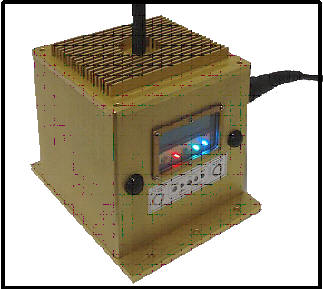
|
|
LCMS Remote Module |
|
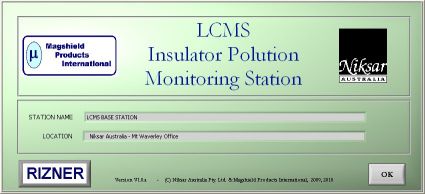 |
 |
|
BASE STATION SCREEN VIEWS |
|

|
|
NIKSAR UPGRADES AUTOMATIC TRAIN PROTECTION
(ATP) ANTENNA |
|
Westinghouse Rail Systems Australia (WRSA) has contracted Niksar to engineer
and implement a significant upgrade to the existing ATP antenna to provide
higher levels of functionality, reliability and maintainability.
The new
antenna fits on the undercarriage of a locomotive, and employs OEM RFID
technology to detect and read rail line embedded passive tags as the
locomotive passes over them at any speed up to 160 km/h. A host control and
monitoring system can connect directly through an RS422 serial interface,
eliminating the need for RF connections and feeds.
The
antenna housing is IP67 rated and qualified against railways physical and
electromagnetic environment Standards, and provides a self-contained unit
that is robust and reliable requiring minimal maintenance in service.
|
 |
|
The
design and integration engineering involved many activities including:
 | design and production of an electronic interface module that provides
high levels of isolation from external electrical and electromagnetic
influences. |
 | test engineering for full qualification testing to railways environmental specifications
(physical environment and electromagnetic) |
 | production of pre-production prototype units for field testing as a part
of the WRSA Westect II ATP system |
 | conversion of the chassis structure from a casting to an NC machined product |
 | the redevelopment of the assembly, alignment and test procedures |
 | the development of automated production acceptance test facilities |
|
|
The first
batch of these items is to be installed this year under locomotives for
testing in the tropical north of Australia with production for fleet
installation to follow.
The
new TRM provides a self-contained unit that is robust and reliable that
requires minimal maintenance in service. It is mounted under various
locomotives to collect data from track-mounted RFID tags at any speed up to
160 km/h.
|
 |
|

|
 |
Niksar's Engine Harness Tester Solution |
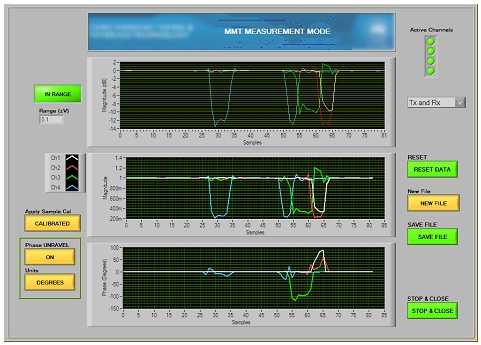 |
Microwave
Materials Tester |
|
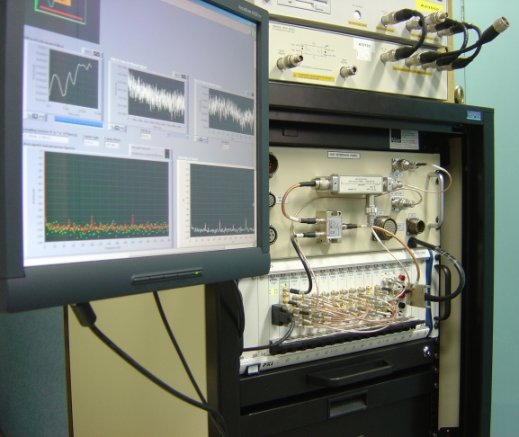
|
JORN
Amplifier
Test Sets
|
 |
High Bandwidth Charge Amplifier |
 |
Low Capacitance, 20 MHz Bandwidth Charge
Amplifier |

|
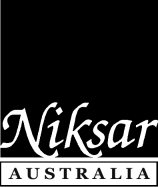 SYSTEM DESIGN AND INTEGRATION
SYSTEM DESIGN AND INTEGRATION 